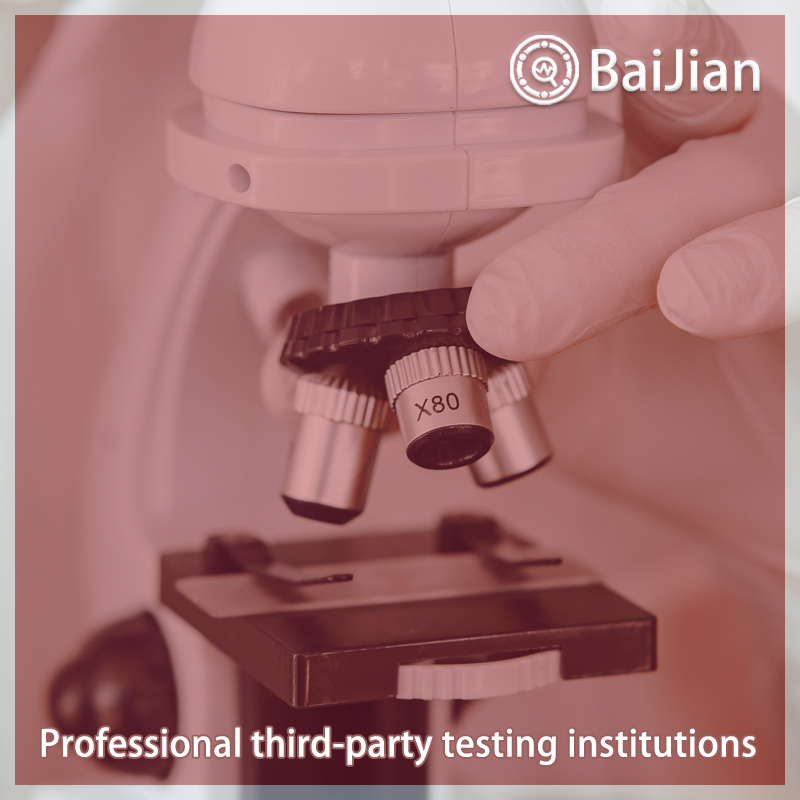
There are two cooling methods for refrigeration equipment: direct cooling and indirect cooling. Direct cooling refers to the installation of the evaporator of a refrigerator in the box or building of a refrigeration device, using the evaporation of the refrigerant to directly cool the air inside, and relying on the cold air to cool the object that needs to be cooled. The advantages of this cooling method are fast cooling speed, small heat transfer temperature difference, and relatively simple system, making it widely used. Indirect cooling is achieved by the evaporation of refrigerant in the evaporator of a refrigeration machine, which cools the refrigerant carrier (such as salt water). The refrigerant is then fed into the box or building of the refrigeration device and the air inside is cooled through a heat exchanger. This cooling method has a slow cooling speed, a large total heat transfer temperature difference, and a more complex system, so it is only used in rare occasions, such as salt water ice making and cold storage with constant temperature requirements. According to the different cooling purposes and cooling capacity utilization methods, refrigeration devices can be generally divided into four categories: refrigeration devices for refrigeration, experimental refrigeration devices, production refrigeration devices, and air conditioning refrigeration devices. Refrigeration devices for refrigeration are mainly used for storing or transporting food and other goods under low temperature conditions, including various refrigerators, cold storage rooms, refrigerated trucks, refrigerated ships, and refrigerated containers. The condenser condenses the high-pressure and high-temperature refrigerant vapor sent out by the compressor into a liquid. There are three types of commonly used condensers: ① water-cooled. Using water as a coolant, there are tube condensers, sleeve condensers, and spiral plate condensers Spray type. Simultaneously using water and air as coolants, there are spray condensers (air is natural convection) and evaporative condensers (air is forced convection) Air cooled. Using air as the coolant, i.e. air condenser. Evaporator, also known as heat sink, is a heat transfer device that cools the refrigerant or cooled object by boiling and vaporizing the liquid refrigerant. Evaporators can be divided into two types: one is the cooling liquid type, which is used to cool liquid refrigerant carriers. There are shell and tube type evaporators and various submerged evaporators (such as vertical tube type, spiral tube type, and snake tube type). Immersion evaporator immerses the entire heat exchange surface into a tank containing refrigerant, and the tank is stirred to enhance heat exchange. The other type is the cooling air type, which is used to cool the air as a refrigerant, and is divided into two types: pipe exhaust and cold air fan. The tube bank is composed of vertical tubes, horizontal tubes, or coils. The refrigerant boils inside the tube, and the air outside the tube undergoes natural convection. The cold air fan is composed of a tube bank and a fan, causing the air outside the tube to undergo forced convection
Function of testing report:
1. Project bidding: Issue authoritative third-party CMA/CNAS qualification report
2. Online e-commerce platform entry: Quality inspection report recognized by major e-commerce platforms 3. Used as a sales report: issuing legally effective testing reports to make consumers more confident 4. Papers and research: Provide professional personalized testing needs 5. Judicial services: providing scientific, fair, and accurate testing data 6. Industrial problem diagnosis: Verify the troubleshooting and correction of industrial production problemsBaijian and testing process:
1. Telephone communication and confirmation of requirements
2. Recommend solutions and confirm quotations 3. Mail samples and arrange testing 4. Progress tracking and result feedback 5. Provide reports and after-sales service 6. If urgent or priority processing is requiredTesting and testing characteristics:
1. The testing industry is fully covered, meeting different testing needs
2. Fully cover the laboratory and allocate localized testing nearby3. Engineers provide one-on-one services to make testing more accurate
4. Free initial testing, with no testing fees charged
5. Self service order delivery for free on-site sampling
6. Short cycle, low cost, and attentive service 7. Possess authoritative qualifications such as CMA, CNAS, CAL, etc 8. The testing report is authoritative and effective, and is generally used in China